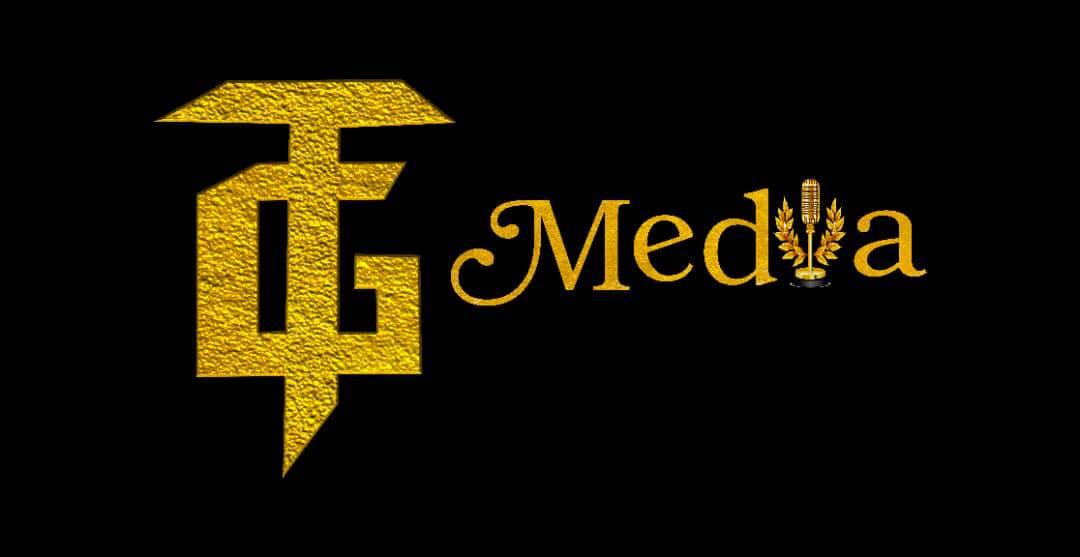BREAKING: Pfizer And BioNTech Requests For FDA Emergency Use Authorization For #COVID-19 Vaccine—The first coronavirus vaccine has been submitted to the US Food and Drug Administration for emergency on Friday to seek regulatory clearance in the United States by Pfizer and BioNTech.
The Genius Media Nigeria reports that Pfizer CEO Albert Bourla made this known in a video shared on friday saying: “It is with great pride and joy and even a little relief that I can say that our request for emergency use authorization for our Covid-19 vaccine is now in the FDA’s hands,”
“This is a historic day, a historic day for science and for all of us. It took just 248 days to get from the day we announced our plans to collaborate with BioNTech to our FDA submission day.
“We have operated at extraordinary speed in our clinical development program, from concept to regulatory filing, while always maintaining our focus on safety.”
The vaccine, known as BNT162b2, could potentially be available for use in high-risk populations in the United States by the middle to end of December, Pfizer and BioNTech said in a statement earlier Friday. The vaccine requires two doses a few weeks apart, and protection is achieved 28 days after the first shot.
The submission to the FDA is based on results from the Phase 3 clinical trial of Pfizer’s vaccine, which began in the United States on July 27 and enrolled more than 43,000 volunteers.
The final analysis from the trial found the coronavirus vaccine was 95% effective in preventing infections, even in older adults, and caused no serious safety concerns, Pfizer and BioNTech said this week. The submission also includes safety data on about 100 children ages 12 to 15.
About 42% of global participants and 30% of US participants in the Phase 3 study have racially and ethnically diverse backgrounds, the companies said in a news release, and 41% of global and 45% of US participants are ages 56 to 85.
Moderna, another pharmaceutical company, announced Monday that early clinical trial results show its vaccine is 94.5% effective. The company plans to apply to the FDA for authorization after it accumulates more safety data later this month.
Emergency use authorization, or EUA, from the FDA is not the same as full approval. An EUA allows products to be used under particular circumstances before all the evidence is available for approval. For an EUA, the agency says it will determine whether a product’s “known and potential benefits outweigh its known and potential risks.”
Credit: CNN







